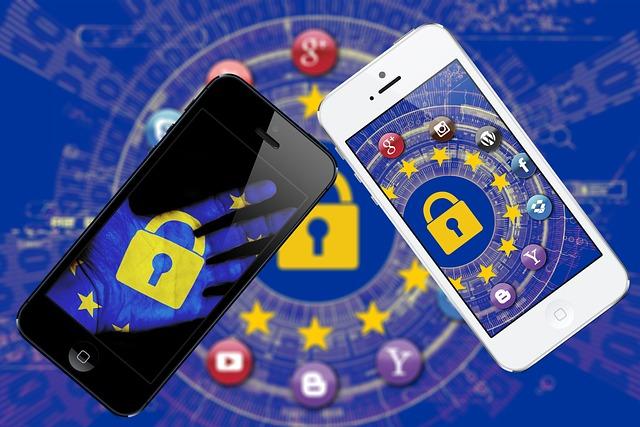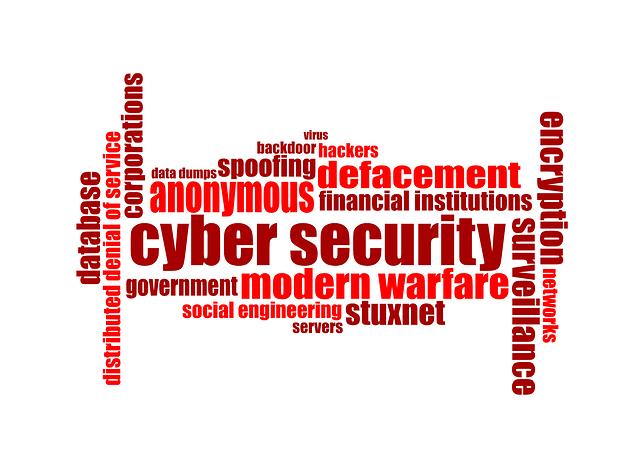- Introduction
- Importance of Cybersecurity
- Best Practices for Data Protection
- Common Cybersecurity Threats
- Data Encryption
- Conclusion
Introduction
In today's digital age, where data is the new currency, cybersecurity has become more crucial than ever. Ensuring the protection of your sensitive information and personal data should be a top priority for individuals and organizations alike. This article delves into the world of cybersecurity, providing insights on how to safeguard your data from cyber threats.
Importance of Cybersecurity
Cybersecurity is essential to protect against unauthorized access, data breaches, and cyberattacks. Implementing robust cybersecurity measures helps in maintaining the confidentiality, integrity, and availability of your data. It not only safeguards your personal information but also builds trust with your clients and customers.

(Image: Pixabay/@TheDigitalArtist)
Furthermore, in today's interconnected world, where remote working is prevalent, the importance of cybersecurity has escalated. With the increased reliance on digital platforms and cloud services, the risk of cyber threats has also heightened. Therefore, adopting a proactive approach towards cybersecurity is imperative to thwart potential attacks.
Best Practices for Data Protection
There are several best practices that individuals and organizations can follow to enhance their data protection capabilities. Regularly updating software and systems, employing strong passwords, implementing multi-factor authentication, and conducting security awareness training for employees are some fundamental measures to mitigate risks.

(Image: Pixabay/@TheDigitalArtist)
Backup your data regularly to prevent data loss in case of a breach or ransomware attack. Encrypting sensitive information, restricting access to critical data, and regularly monitoring network activities are also vital strategies to safeguard your data effectively.
Common Cybersecurity Threats
It is essential to be aware of the common cybersecurity threats that pose a risk to your data security. Phishing attacks, ransomware, malware, social engineering, and insider threats are some prevalent forms of cyber threats that individuals and organizations face today.

(Image: Pixabay/@madartzgraphics)
By being vigilant and identifying phishing emails, avoiding clicking on suspicious links, and being cautious while sharing personal information online, you can reduce the likelihood of falling victim to cyber threats. Implementing robust antivirus software and firewalls can also fortify your defenses against malware attacks.
Data Encryption
Data encryption is a critical component of cybersecurity that helps in rendering sensitive information unreadable to unauthorized users. By encrypting your data at rest and in transit, you add an extra layer of protection to your confidential information, making it challenging for cybercriminals to intercept and decipher your data.

(Image: Pixabay/@iAmMrRob)
Adopting encryption technologies such as Secure Socket Layer (SSL) certificates, Virtual Private Networks (VPNs), and End-to-End encryption for messaging applications enhances the security of your data communication channels. It is imperative to prioritize encryption to safeguard the integrity and confidentiality of your data effectively.
Conclusion
In conclusion, cybersecurity plays a pivotal role in safeguarding your data and privacy in the digital age. By understanding the significance of cybersecurity, implementing best practices for data protection, being aware of common cyber threats, and embracing data encryption technologies, you can enhance your resilience against potential cyberattacks. Stay informed, stay vigilant, and prioritize cybersecurity to mitigate risks and protect your valuable data assets.


